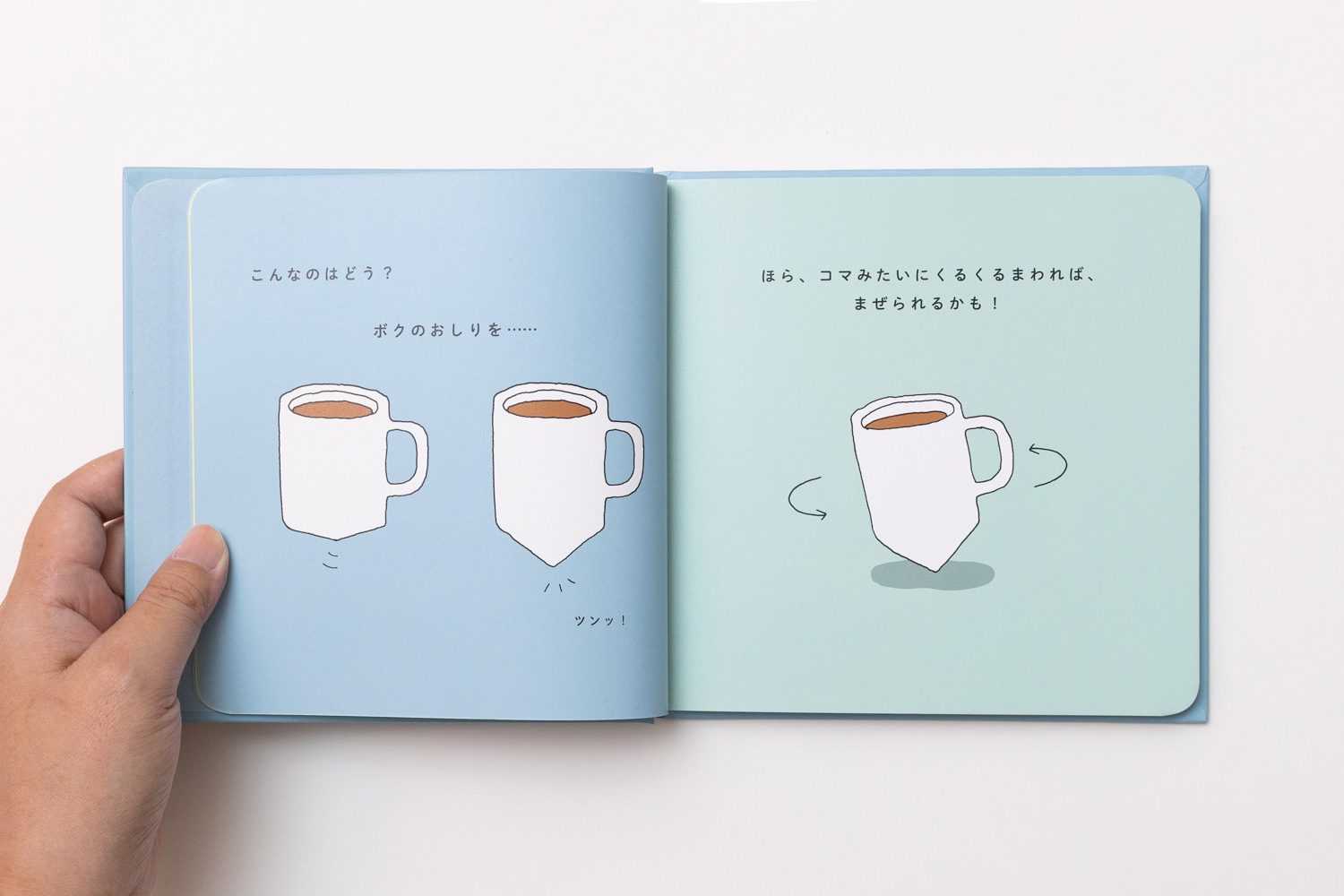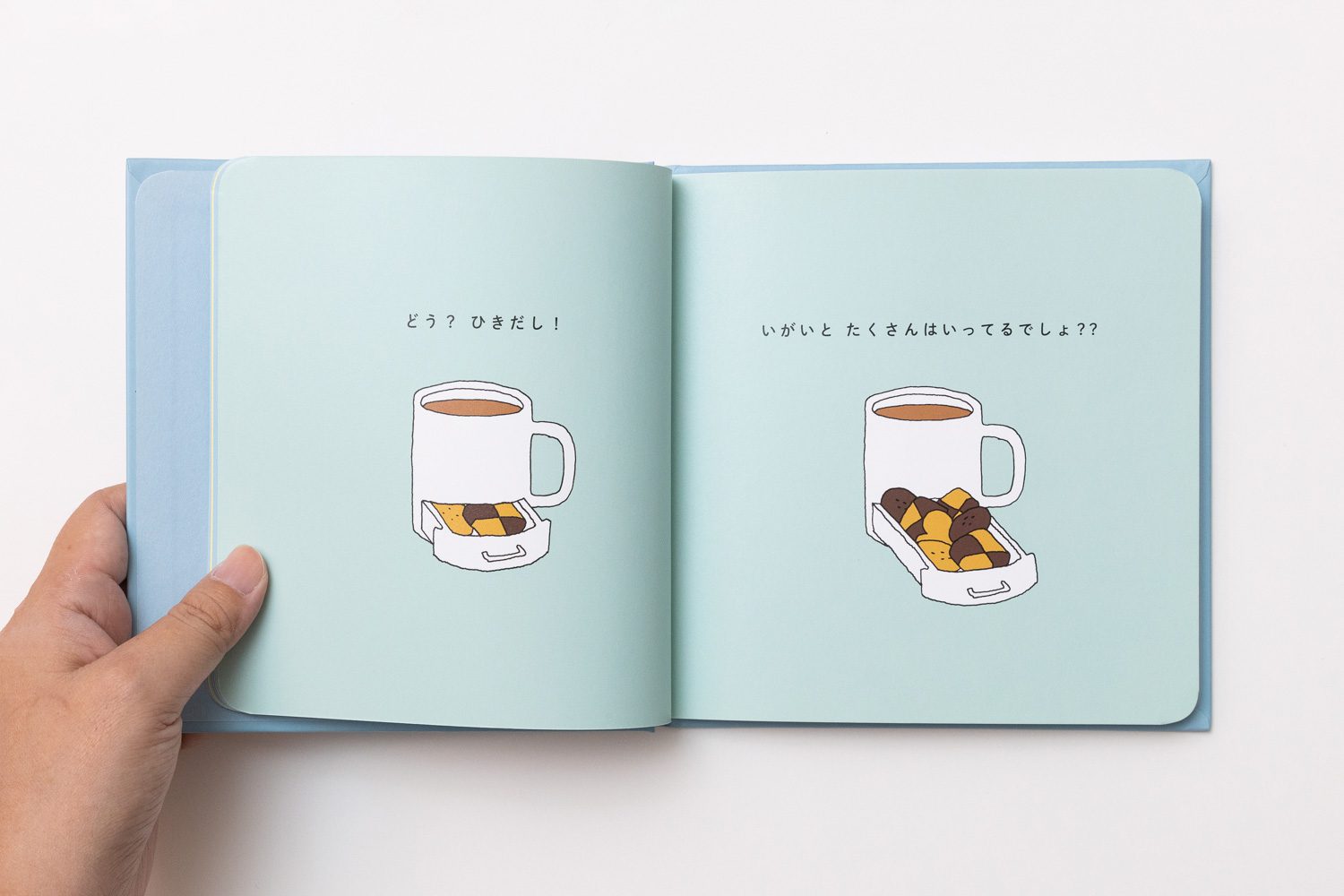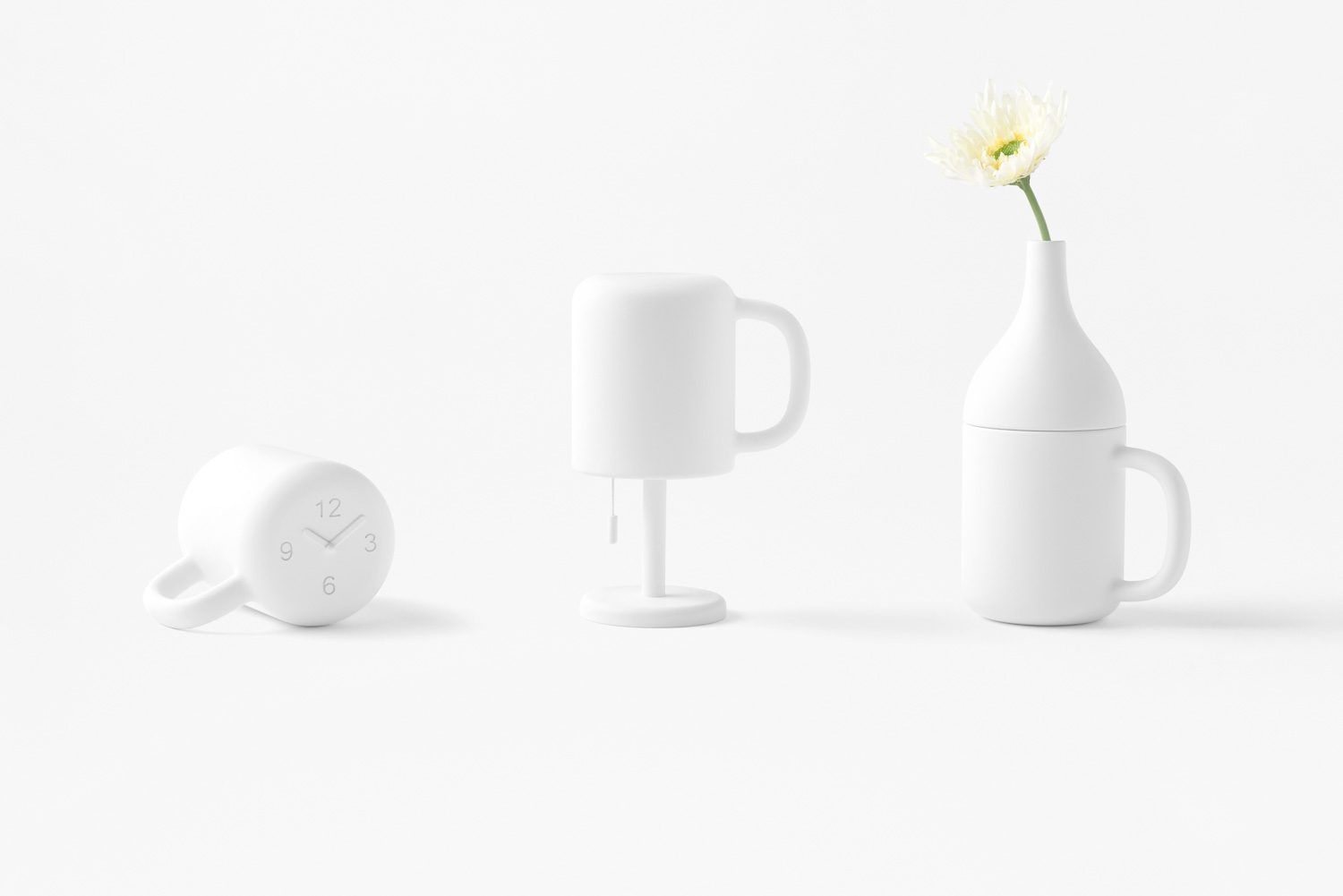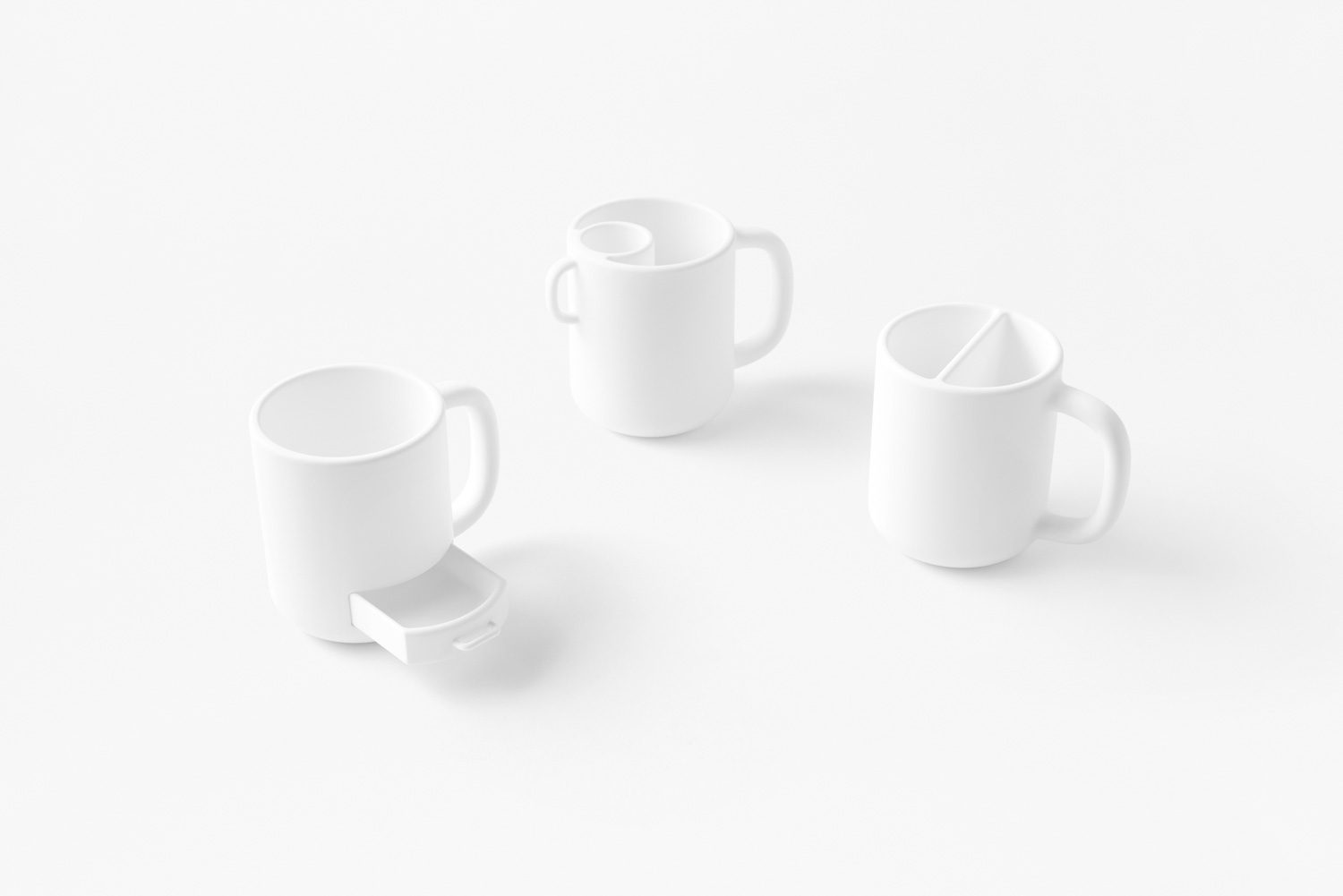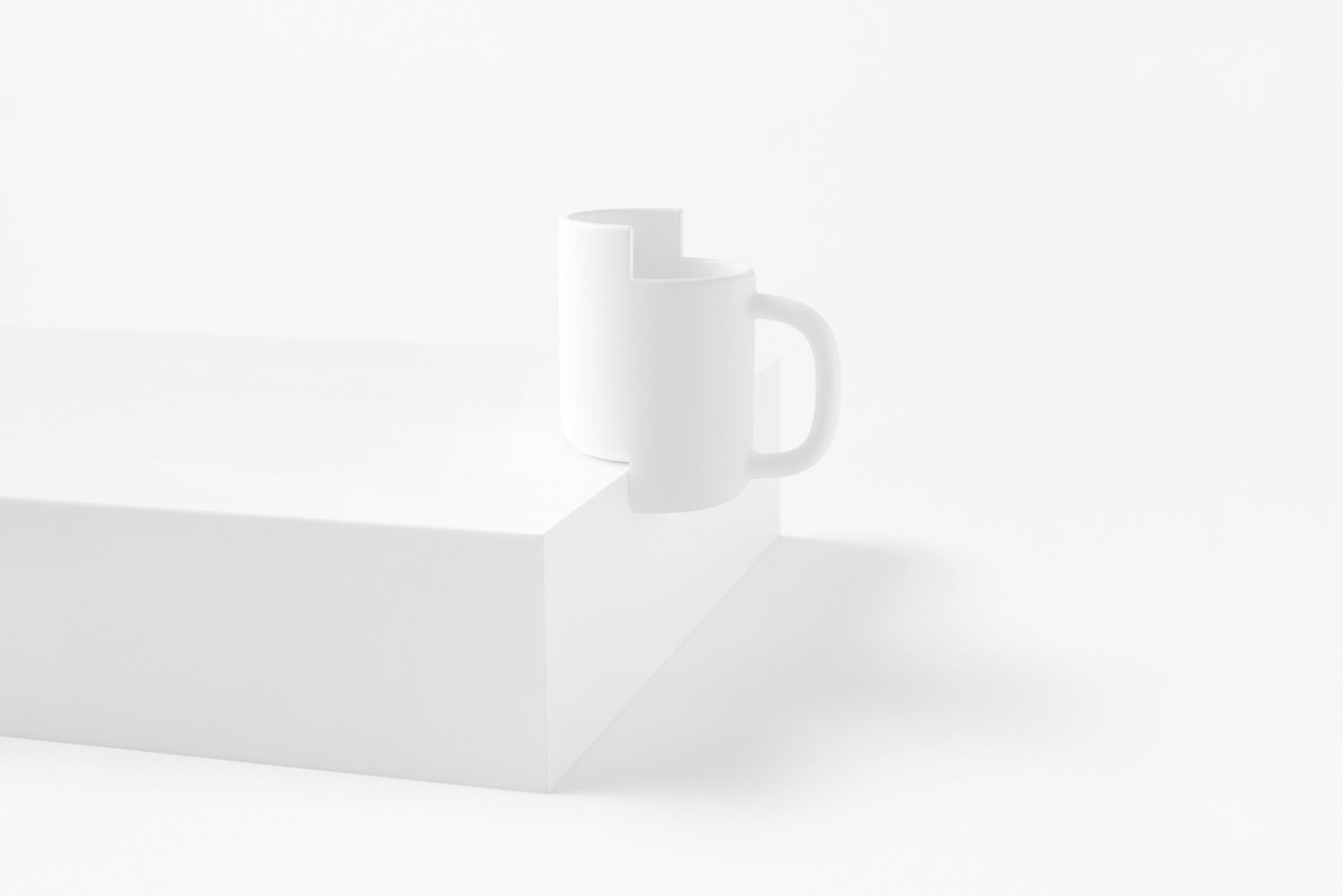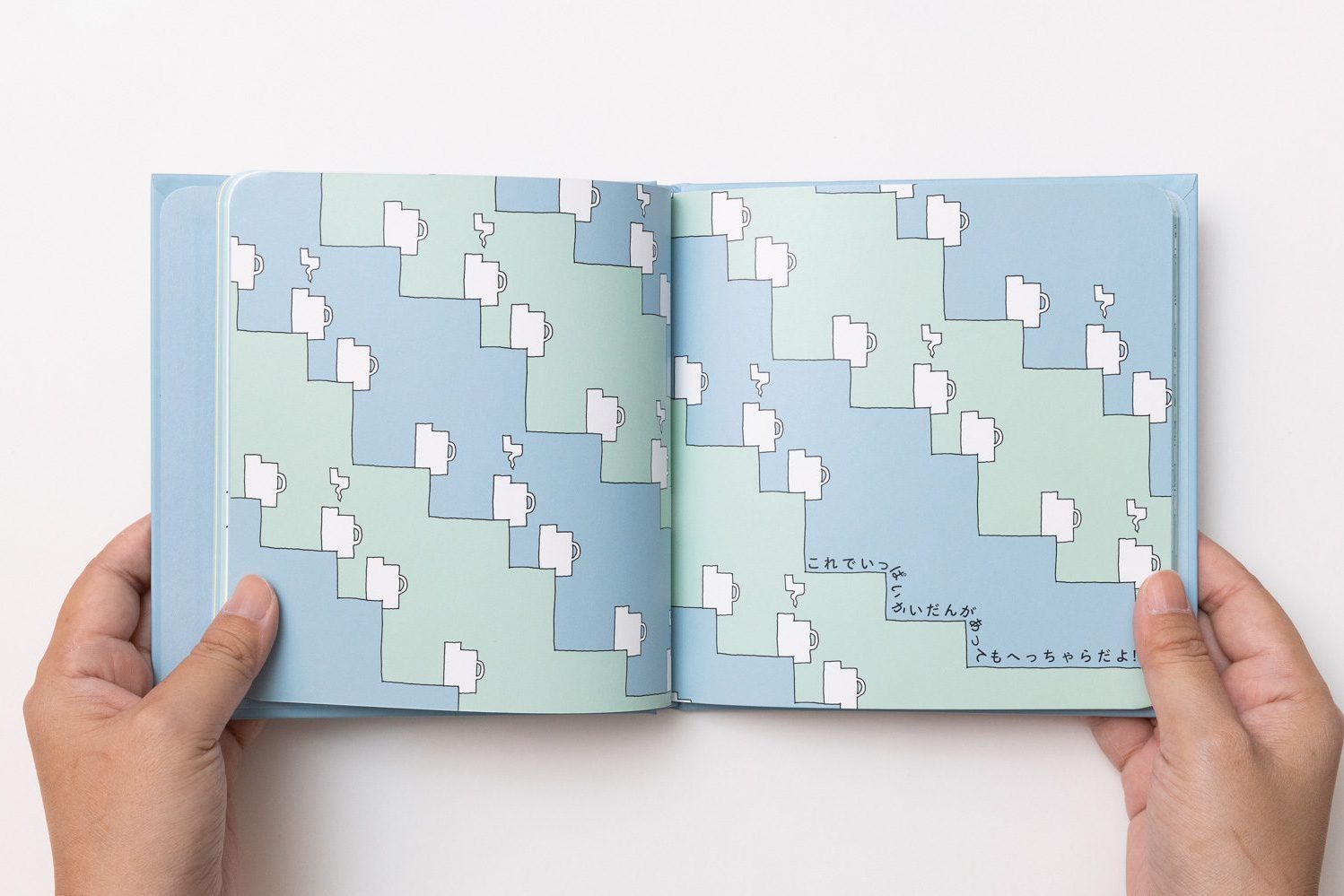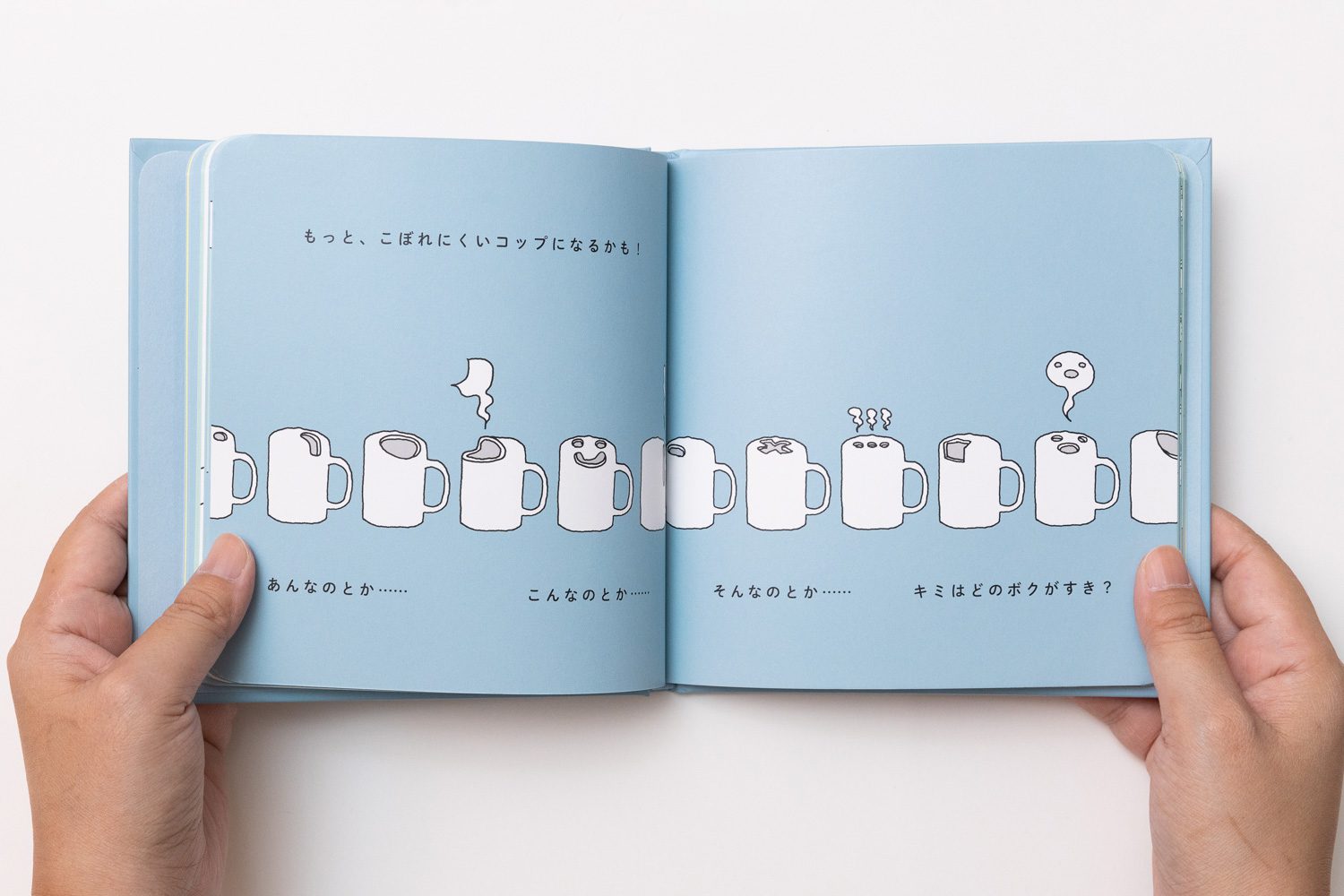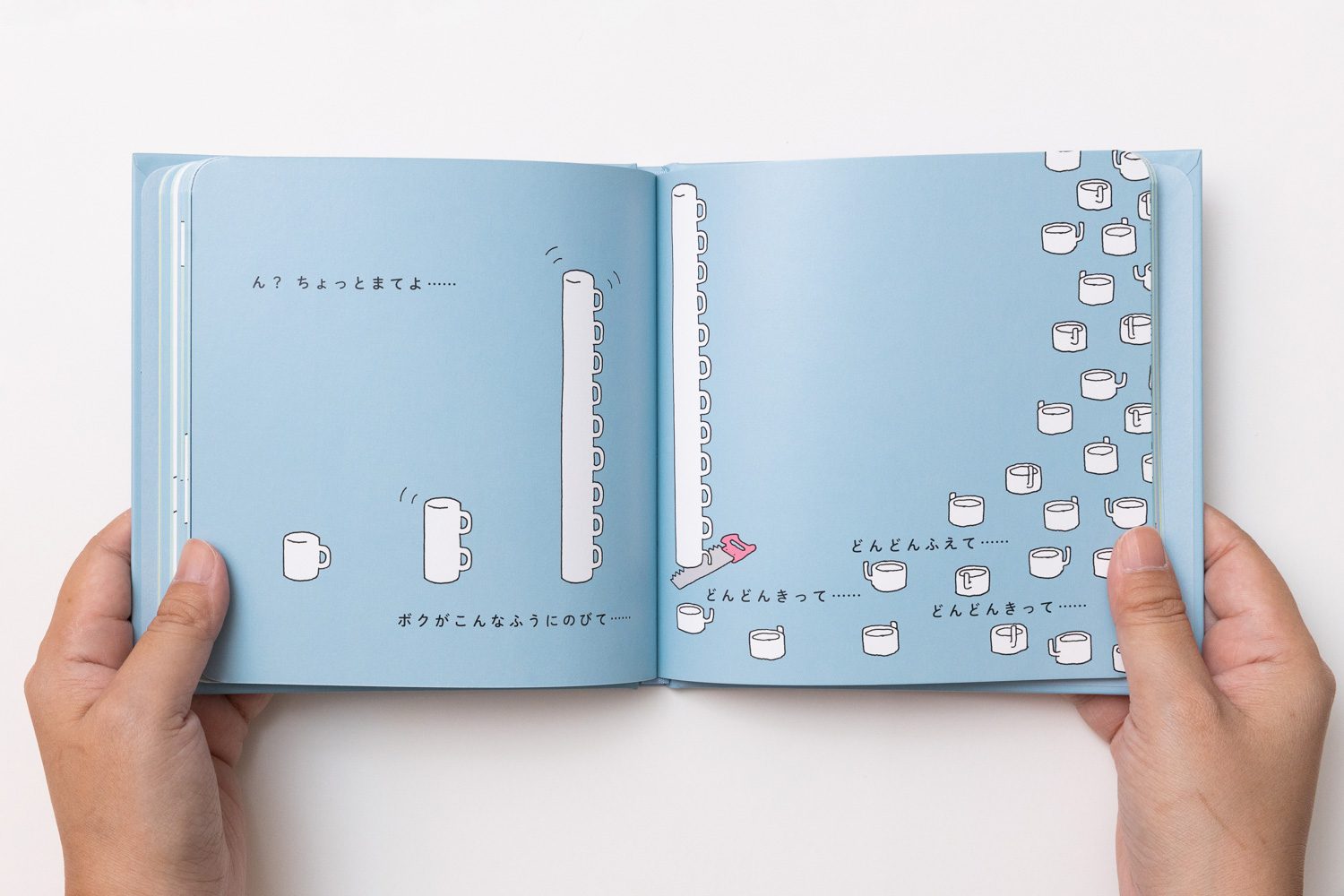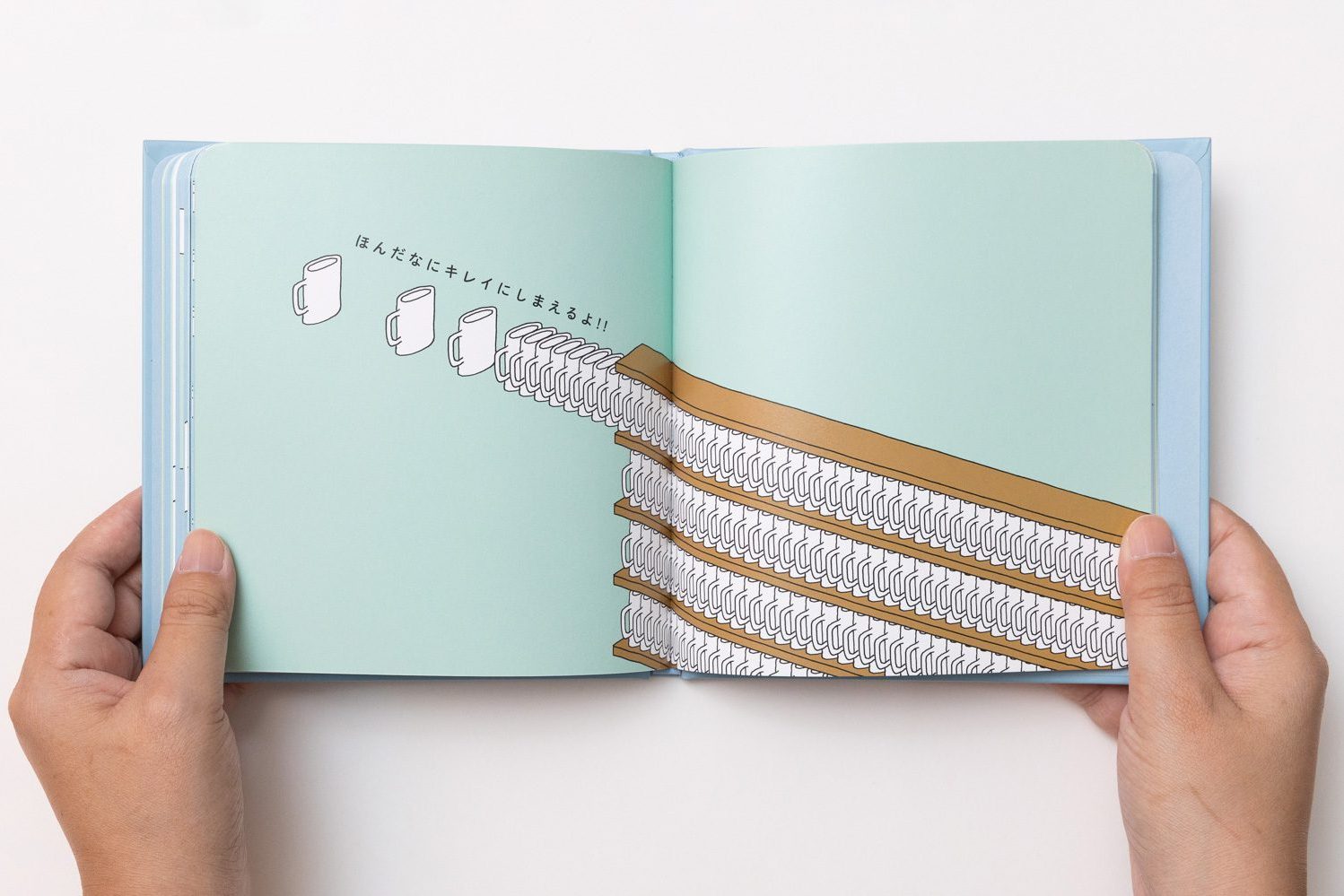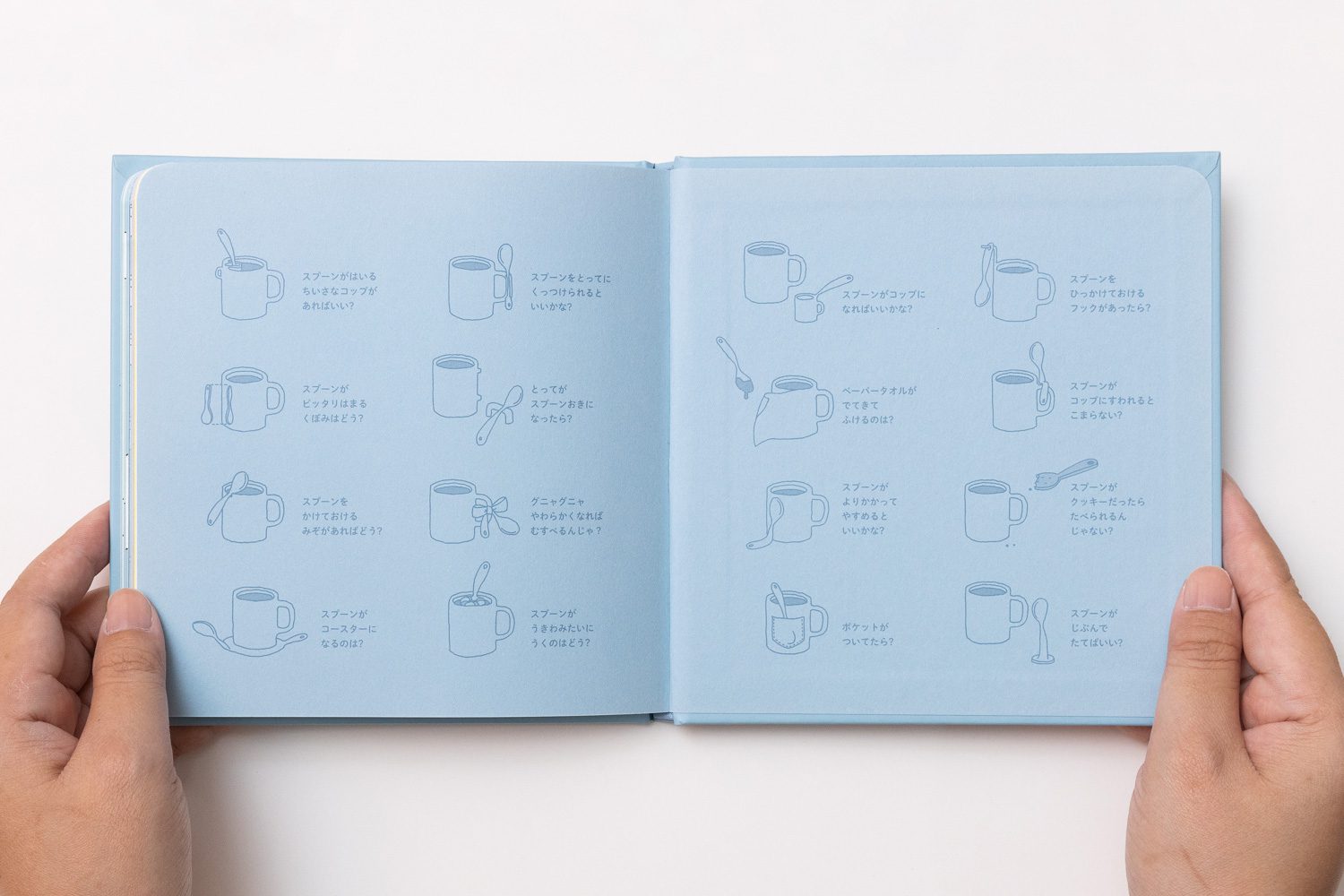nendo สตูดิโอสัญชาติญี่ปุ่นชวนหนูๆ ไปทำความรู้จัก ‘การออกแบบ’ ผ่านหนังสือภาพสุดน่ารักที่มีตัวละครหลักคือถ้วยแก้วกาแฟใบหนึ่ง
TEXT: PAKPOOM LAMOONPAN
PHOTO: KETSIREE WONGWAN EXCEPT AS NOTED
(For English, press here)

แทบไม่ต้องบรรยายสรรพคุณแล้วกับสตูดิโอออกแบบชื่อ nendo ผู้คร่ำหวอดวงการออกแบบผลิตภัณฑ์และสเปซดีไซน์มากมาย ผลงานที่ได้รับการยอมรับไปทั่วโลกของพวกเขามีตั้งแต่งานออกแบบเครื่องใช้ อาคาร ไปจนถึงดูแลแบรนด์ดิง โดยมีหัวเรือใหญ่คือ Oki Sato ผู้ก่อตั้งและเป็นหน้าตาของสตูดิโอ เขาได้ออกหนังสือรวบรวมผลงานมาแล้วหลายเล่ม โดยหนังสือออกแบบในท้องตลาดส่วนใหญ่ก็จะเป็นการรวมเอาผลสำเร็จของงานที่ผ่านการออกแบบมาแล้วออกมาให้คนอ่านได้เห็นภาพ แต่น้อยเล่มที่เนื้อหาจะทำให้คนอ่านได้คิดว่า จริงๆ แล้วการออกแบบคืออะไรกันนะ แต่กับเล่มนี้ต่างออกไป เพราะเขาตั้งใจที่จะทำออกมาเป็นหนังสือภาพสำหรับเด็กและอยากที่จะทำให้ผู้ปกครองเรียนรู้เรื่องการออกแบบไปด้วยกัน
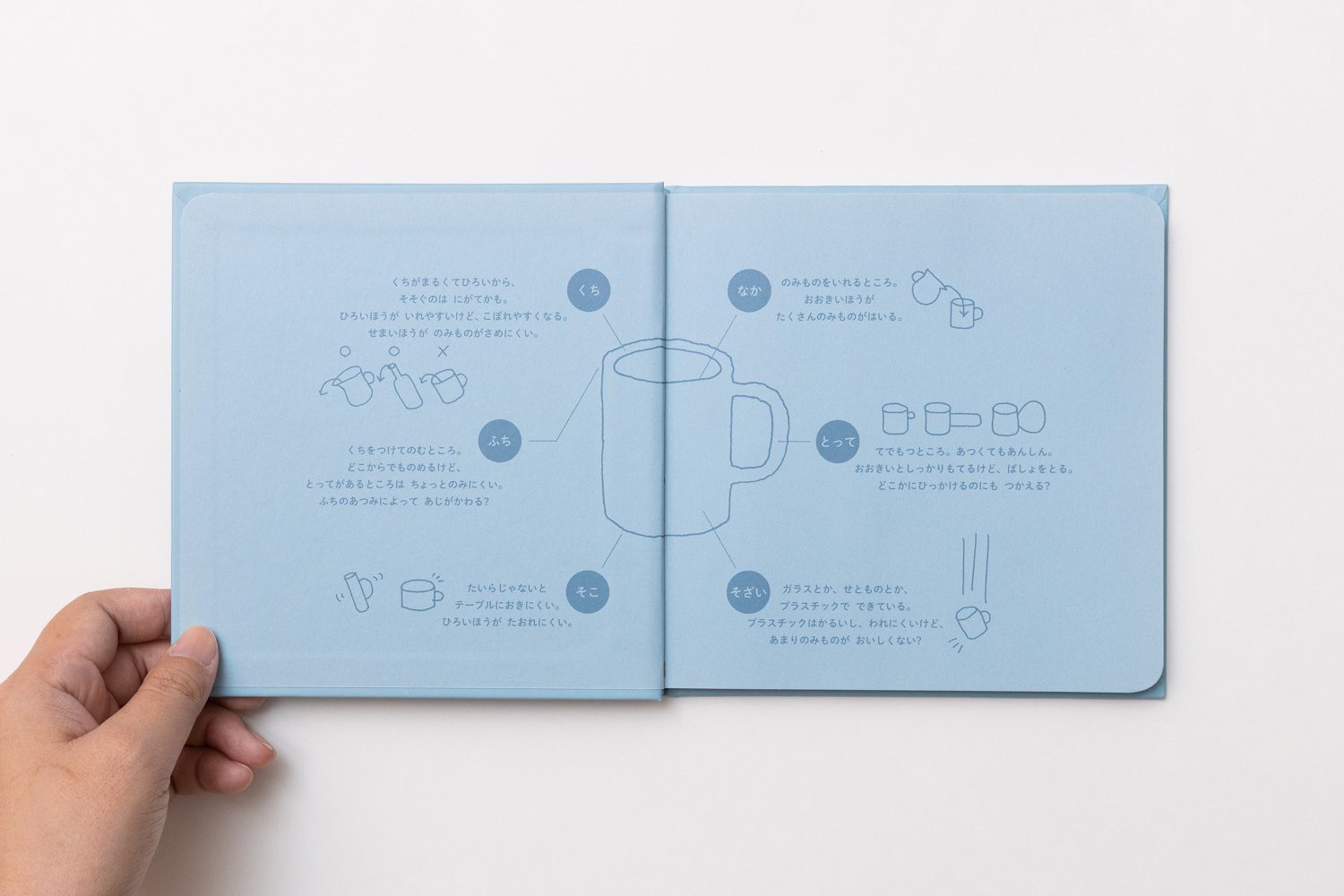
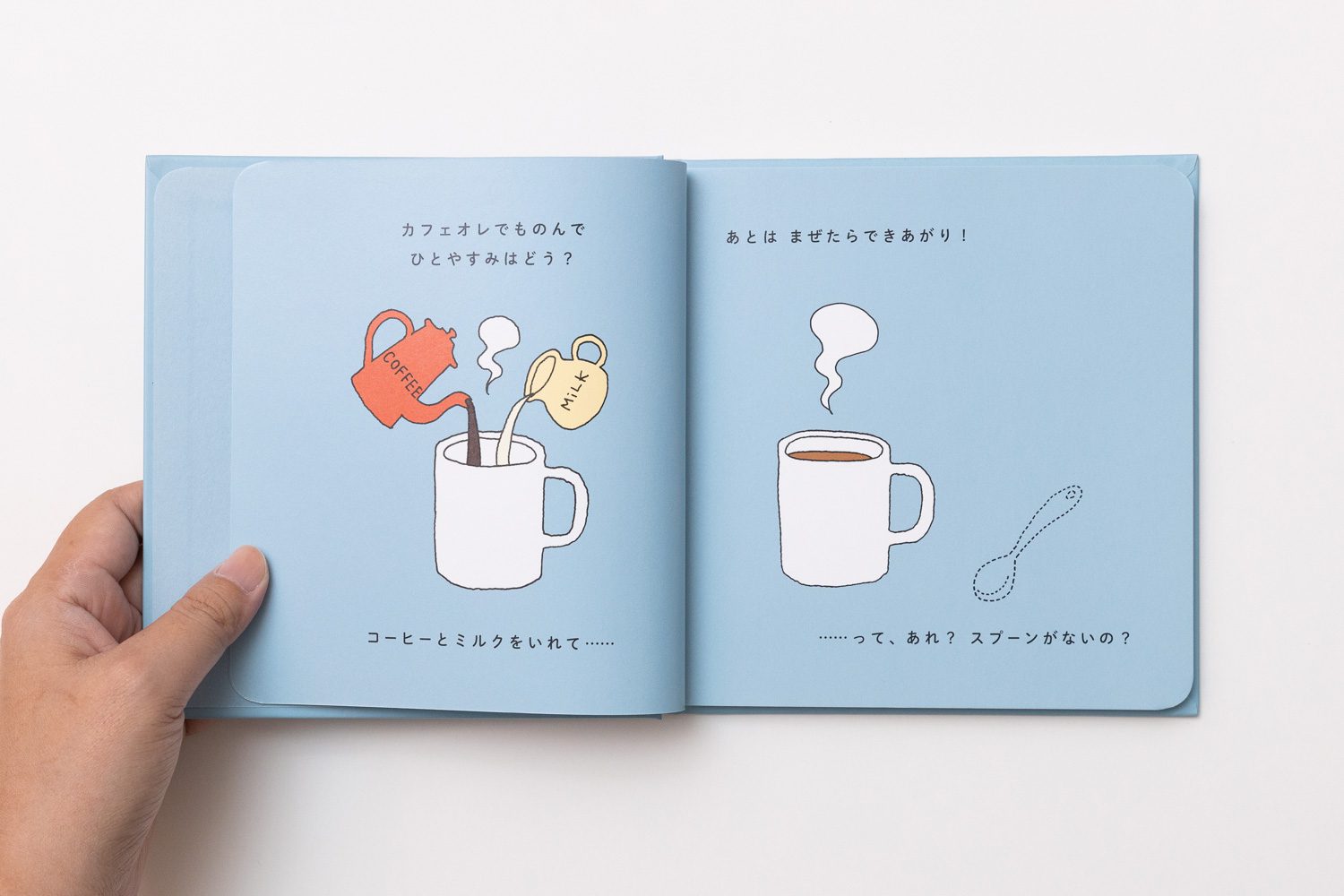
ชื่อหนังสือ Not just a cup ไม่ใช่แค่ถ้วย หรือถ้าแปลจากภาษาญี่ปุ่นตรงๆ น่าจะเป็น “What is a cup?” คำถามที่ทำให้เราคนอ่านย้อนนึกไปถึงความสำคัญของการตั้งคำถามถึงสิ่งต่างๆ ในชีวิตประจำวัน ก่อนที่จะทำการออกแบบอะไรขึ้นมา
เรื่องราวดำเนินไปแบบหนังสือภาพง่ายๆ โดยมีตัวละครหลักเป็นถ้วยกาแฟใบหนึ่งพบกับปัญหาว่าไม่มีช้อนสำหรับคนกาแฟและพยายามแก้ปัญหาด้วยการเปลี่ยนตัวเองเป็นรูปแบบต่างๆ ตัวผู้เขียนเองจะคอยถามเราไปเรื่อยๆ ว่าถ้าเป็นอย่างนี้จะเกิดอะไรขึ้นนะ ทำไมของต่างๆ ถึงได้รูปร่างอย่างที่เราเห็นนะ และค่อยๆ คลี่คลายขยายความคิดของเขาออกไป ทีละหน้าๆ จนในตอนจบก็ทิ้งท้ายด้วยคำถามที่ไม่มีคำตอบว่าแก้วใบนี้จะกลายเป็นอะไรต่อไปได้อีก หรือว่าจะหาวิธีอะไรมาช่วยแก้ปัญหาได้ นอกจากภาพประกอบที่เรียบง่ายและเป็นมิตรแล้ว รูปเล่มก็กะทัดรัดคิดมาดีสมเป็นหนังสือที่ดูแลโดยนักออกแบบผลิตภัณฑ์
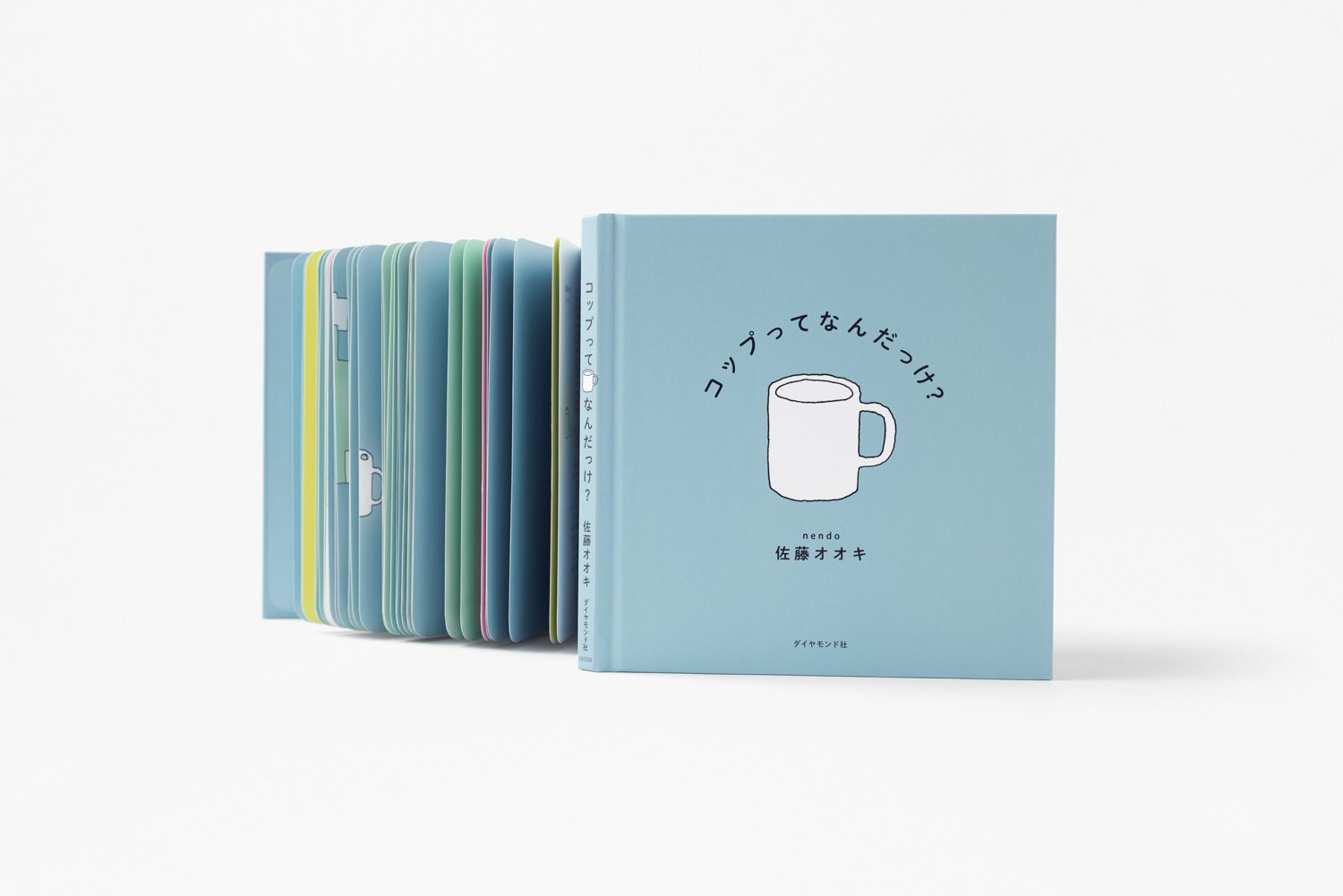
Photo: Akihiro Yoshida
โดยในงานเปิดตัวหนังสือที่โตเกียวยังมีนิทรรศการแก้วกาแฟต่างๆ ที่เขาออกแบบขึ้นจากไอเดียต่างๆในหนังสืออีกกว่า 20 ชิ้น ทั้งแก้วที่มีลิ้นชัก แก้วที่เป็นนาฬิกา แก้วโคมไฟ ฯลฯ เป็นการแสดงครบวงจรการออกแบบจนจบให้ออกมาเป็นวัตถุจับต้องได้จริงๆ

Photo: Akihiro Yoshida
เอาเข้าจริง ชาวญี่ปุ่นจำนวนไม่น้อยก็คิดไม่ต่างจากบ้านเราที่ว่าการออกแบบเป็นเรื่องของความสวยงาม เป็นความสามารถแบบที่ต้องใช้เซนส์ที่ติดตัวมา เวลาจะต้องเกี่ยวข้องกับการออกแบบอะไรก็จะออกตัวกันไปก่อนว่าฉันไม่มีหัวทางนี้ ทั้งที่จริงๆแล้วงานออกแบบที่ดีย่อมมีอะไรมากกว่าความสวยความงาม และเป็นทักษะการคิดที่เราควรจะให้เด็กๆมีติดตัวกันทุกคน
ถึงจะเป็นหนังสือที่ออกมาตั้งแต่ปี 2018 แล้ว แต่ก็ยังเป็นหนังสือขายดี ถูกแนะนำอยู่เรื่อยๆ ในฐานะหนังสือภาพที่เหมาะจะเอาไปสอนเด็กๆ ถึงเรื่องการออกแบบ แถมยังมีข้อความไปถึงผู้ปกครองด้วยให้เปิดรับจินตนาการของเด็กๆ และได้หัดมองสิ่งต่างๆ จากมุมมองที่แตกต่างออกไปพร้อมๆ กันกับลูกๆ

Photo: Akihiro Yoshida



